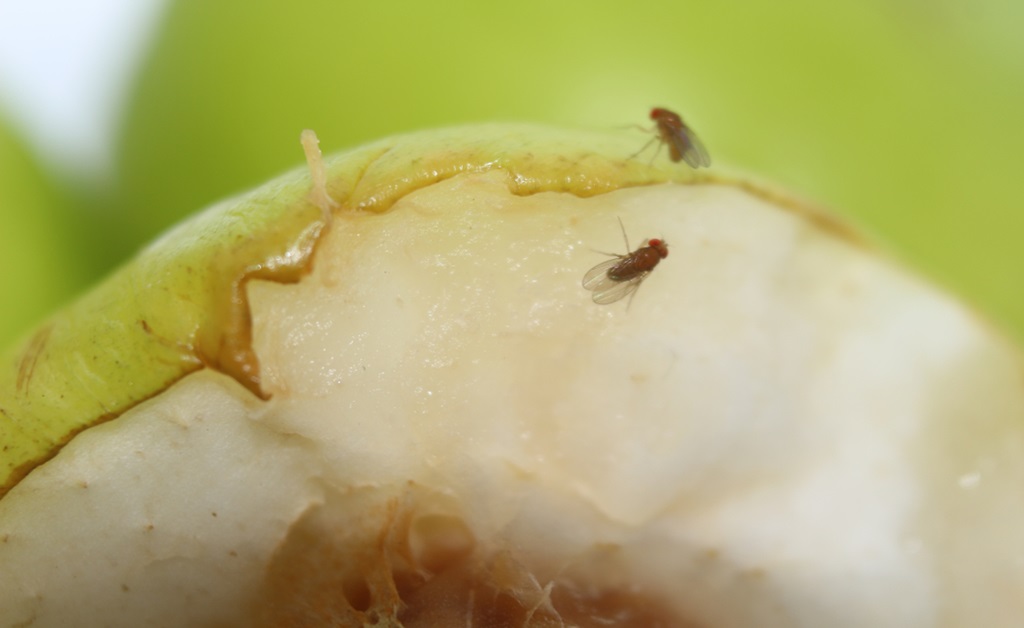A Proactive Approach to a Persistent Problem
Fruit flies, the bane of every kitchen and the relentless reminder of any neglected banana, seem like an inevitable annoyance. But what if we told you that the occasional encounter doesn’t have to be inevitable? Our approach to dealing with these pests is often reactive—see a fruit fly, swipe it away. However, a proactive stance that incorporates understanding and altering the environment fruit flies find so hospitable can drastically reduce their presence.
So, how do I prevent fruit flies? Can an exterminator get rid of fruit flies? Let’s find some answers!
Knowing Your Enemy: The Fruit Fly Lifecycle
Fruit flies aren’t just a random swarm; they’re the result of the perfect storm of conditions that allow their lifecycle to flourish. From egg to adult, these pests develop incredibly quickly, meaning a single fruit fly can birth a big problem within days. Understanding this is crucial.
Here’s the fruit fly lifecycle in a nutshell (appropriately enough): adults lay eggs near the surface of fermenting foods, on the skin of fruits and vegetables, and in other moist, organic materials. The larvae hatch and feed near the surface of these same food sources. After about 30 hours of this feasting, they find a dry spot to pupate, ready to emerge as adults mere days later. The speed is often why Sarasota Residential Pest Control Services are required.
The Three Pillars of Prevention
Sanitation is the Keystone
Sanitation forms the bedrock of a fruit fly-free environment. Regularly disposing of overripe produce and any food waste, keeping drains clean and running, and eliminating standing water are all key in disrupting their lifecycle. Remember, a small spill today could be a festering fruit fly nursery tomorrow. To learn the basics of how to get rid of fruit flies and pest control, this is where to start.
Storage as a Hostile Environment
Fruit flies aren’t picky about where they lay their eggs. A box of forgotten tomatoes can become their incubator without you realizing. Storing fruits and vegetables in the refrigerator is an immediate deterrent. For those that prefer room temperature, like tomatoes, onions, and potatoes, proper storage containers that are airtight and expressly fruit-fly-proof are paramount.
The Redoubt of Exclusion
The final pillar is exclusion. This is about physically keeping fruit flies out in the first place. That means using screens on windows, keeping doors closed, and sealing any potential entry points like small cracks and gaps. Room to room, floor to floor, you should aim for a hermetic seal.
A Sum Greater Than Its Parts
Prevention against fruit flies isn’t a one-size-fits-all strategy. It’s a combination of these measures that creates an environment hostile to their needs. By tackling their lifecycle, ensuring food and waste are well-contained, and sealing your home, you’re creating an entire ecosystem that rebuffs rather than accommodates these pests. Can pest control get rid of fruit flies? Absolutely, pest control can get rid of fruit flies.
Remember, it’s not just about the annoyance—it’s about promoting safety and hygiene. A home or a business free from fruit flies is one that’s healthier and more inviting. It’s a small victory, but in the war against pests, each small victory is significant.
READ OUR OTHER BLOG: HOW TO PREPARE FOR A PEST INSPECTION

